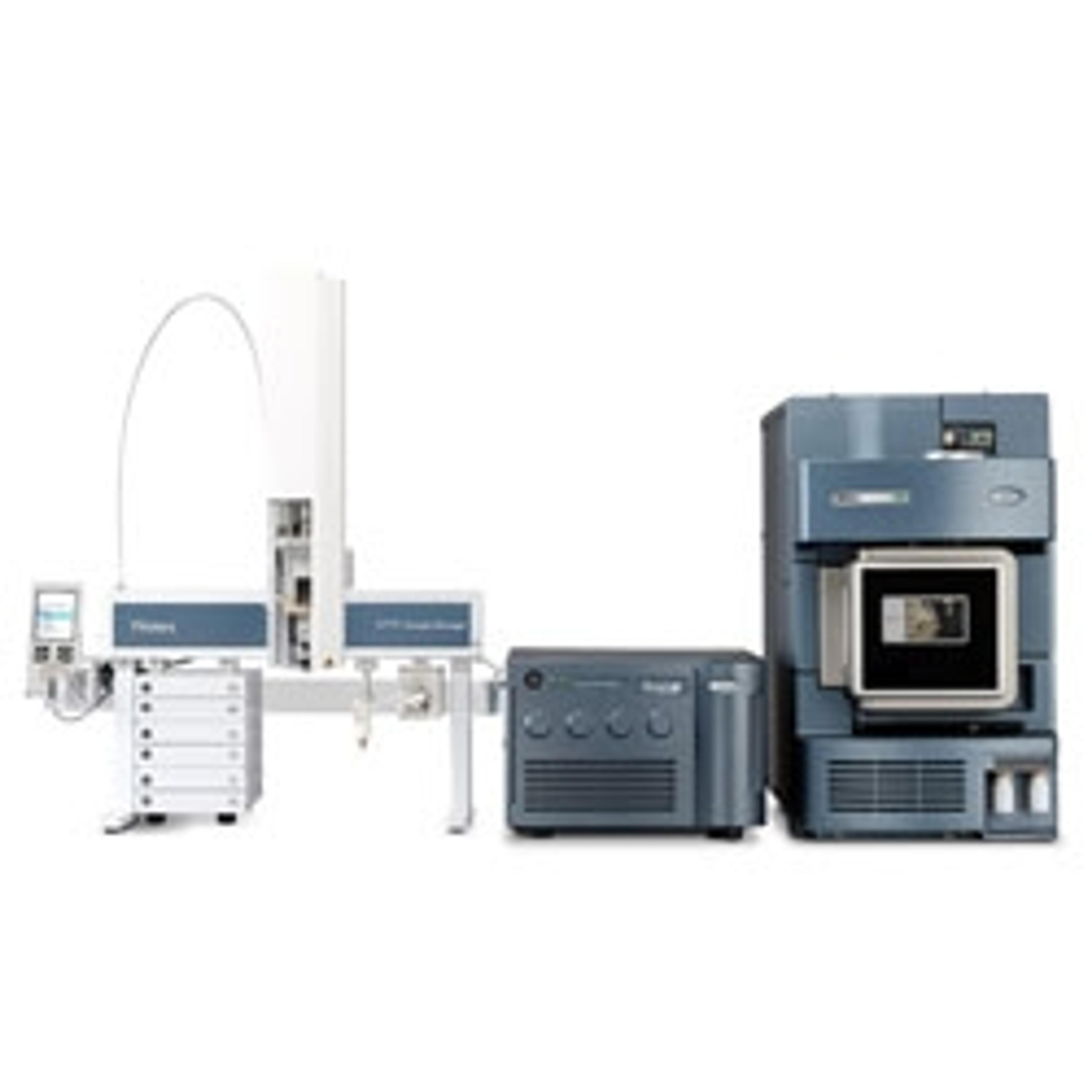Troubleshoot Your Mass Spec Workflow and Earn CE Credits
Dr. Heather Brown discusses how to iron out variability in dried blood spot analysis with FIA-MS/MS
25 Mar 2019

Flow injection analysis, coupled to mass spectrometry, enables highly precise and cost-effective analyte quantification in complex samples. Bypassing the LC column compartment with a continuous flow of eluent solvents allows the rapid detection of what is often a gross elevation of a biochemical marker. This makes the technology particularly suited to clinical sample analysis, where it is used principally for the testing of dried blood spots for metabolic disorders. Nevertheless, complex analytical technologies inevitably present challenges that require method optimization by knowledgeable users.
In a CE-accredited SelectScience webinar, now available on demand, Dr. Heather Brown,Principal Scientist at Waters Corporation, addresses these challenges, discussing best practices for ironing out variability in your workflow. During the live Q&A session, Dr. Brown took questions from the audience – catch the highlights below and watch the presentation in full.
Q: Will my data be better if I change my precursor ion scanning method to an MRM scanning method?
There are definitely some benefits to switching to a multiple reaction monitoring (MRM) analysis and moving away from a full-scan approach. You can observe a slightly better signal-to-noise ratio when using an MRM analysis. We can also make better use of the duty cycle than with scanning modes and, in doing so, optimize dwell times. Some difficult-to-measure analytes do slightly benefit from a bit of dwell time optimization.
When operating in standard scan mode, you’re stuck with one cone voltage and one collision energy which is not necessarily optimal for all compounds; with MRM, you can adjust this for each analyte and its internal standard. There are, however, reasons to carry on with scan mode – many users are used to making a qualitative evaluation of scan spectra – with scan spectra you see everything. An MRM acquisition is targeted to the ion transitions that you ask for, whilst scanning enables you to pick up any interferences, such as a natural isotope interfering with the analyte or standard.
Also, when operating in MCA or continuum scan mode you get an idea of the mass position on the quadrupoles and the resolution. You effectively get an internal quality check with every sample. So, to summarize, you could improve analytical sensitivity and precision by switching, but I would suggest you continue with the full-scan method to verify mass precision and resolution. Of course, any changes you make to your method you would have to validate, to make sure it’s fit for purpose.
Q: Is it necessary to have IonLynx to perform an averaging of intensities, or is it possible to do it with TargetLynx?
IonLynx performs an averaging of peak height ion intensity as shown about half way through my presentation, counting the ion intensity at each data point for the window that you set. In TargetLynx, however, you’re integrating a peak area. The end results are similar, but the algorithms are different.
Q: Why would RRF vary across different instruments and what is the most common reason they differ?
For anyone that doesn’t know, RRF is relative response factor - a constant that users can add into the formula in IonLynx. Scientists produce their own constants to bring their results into alignment with a given sample. One instrument may give a result perhaps 10% lower than another, so you use RRF to make a group of instruments align with each other.
My theory is that the difference in the background and linearity of multiple systems is such that the linearity of the response ratio will be different on various instruments. They behave differently as they become dirty – you can see differences after a cone clean or an ion block clean – so I think the most common reason for different RRF requirements is a combination of background noise and limited linear range.
If you have any more questions on troubleshooting your FIA-MS/MS system, please contact heather_a_brown@waters.com. For more information on the RenataDX Screening System go to waters.com/RenataDX

